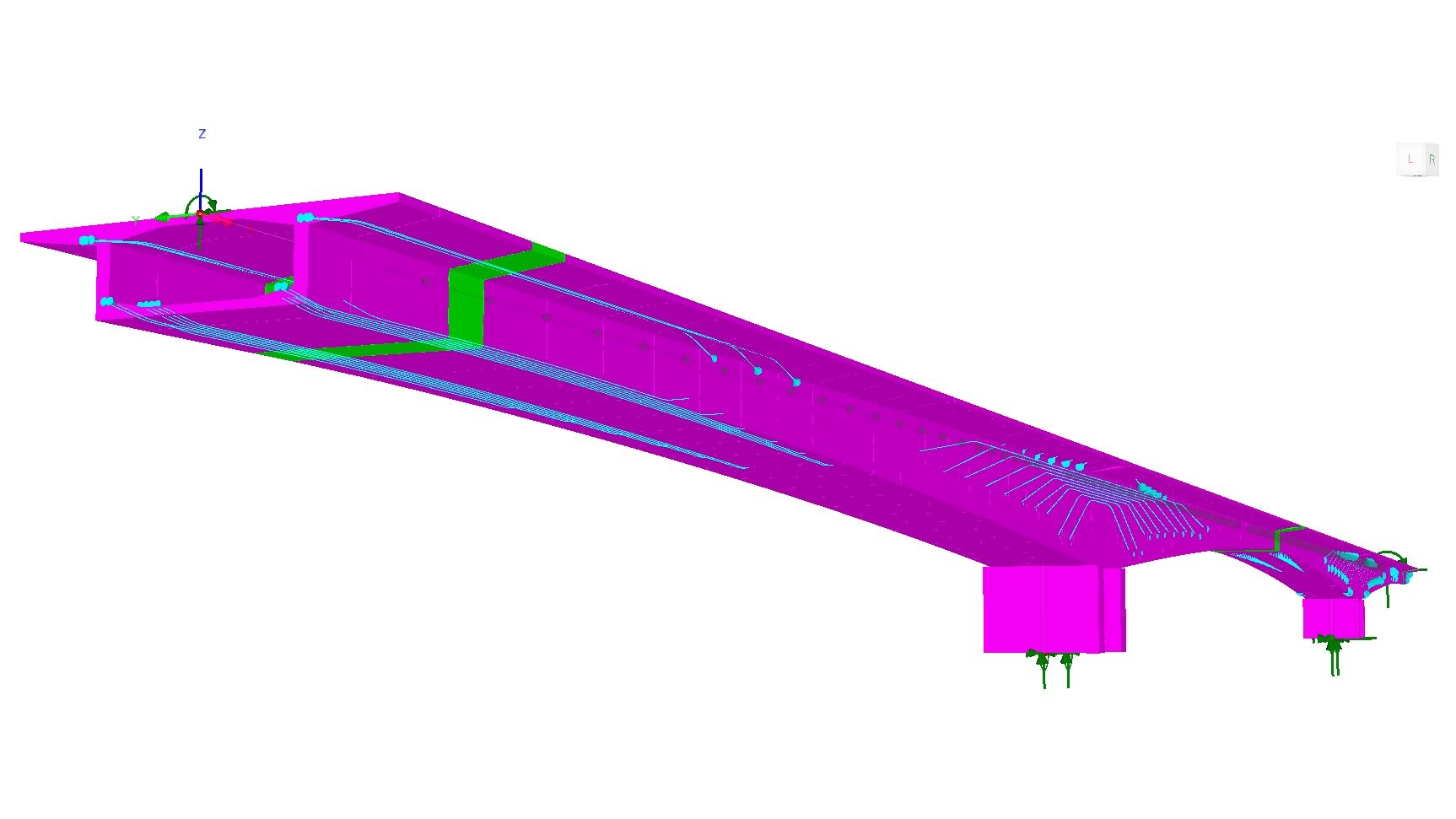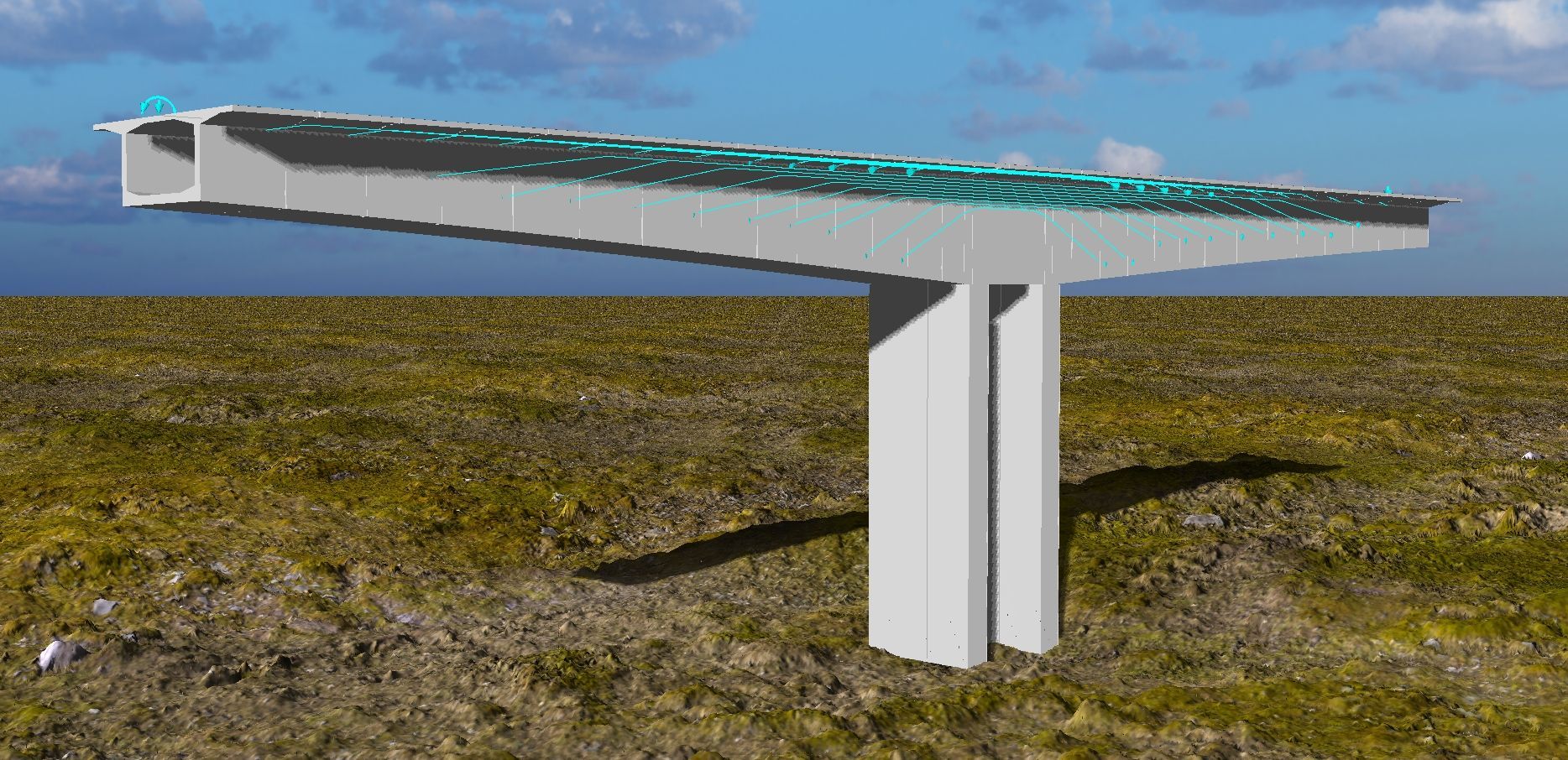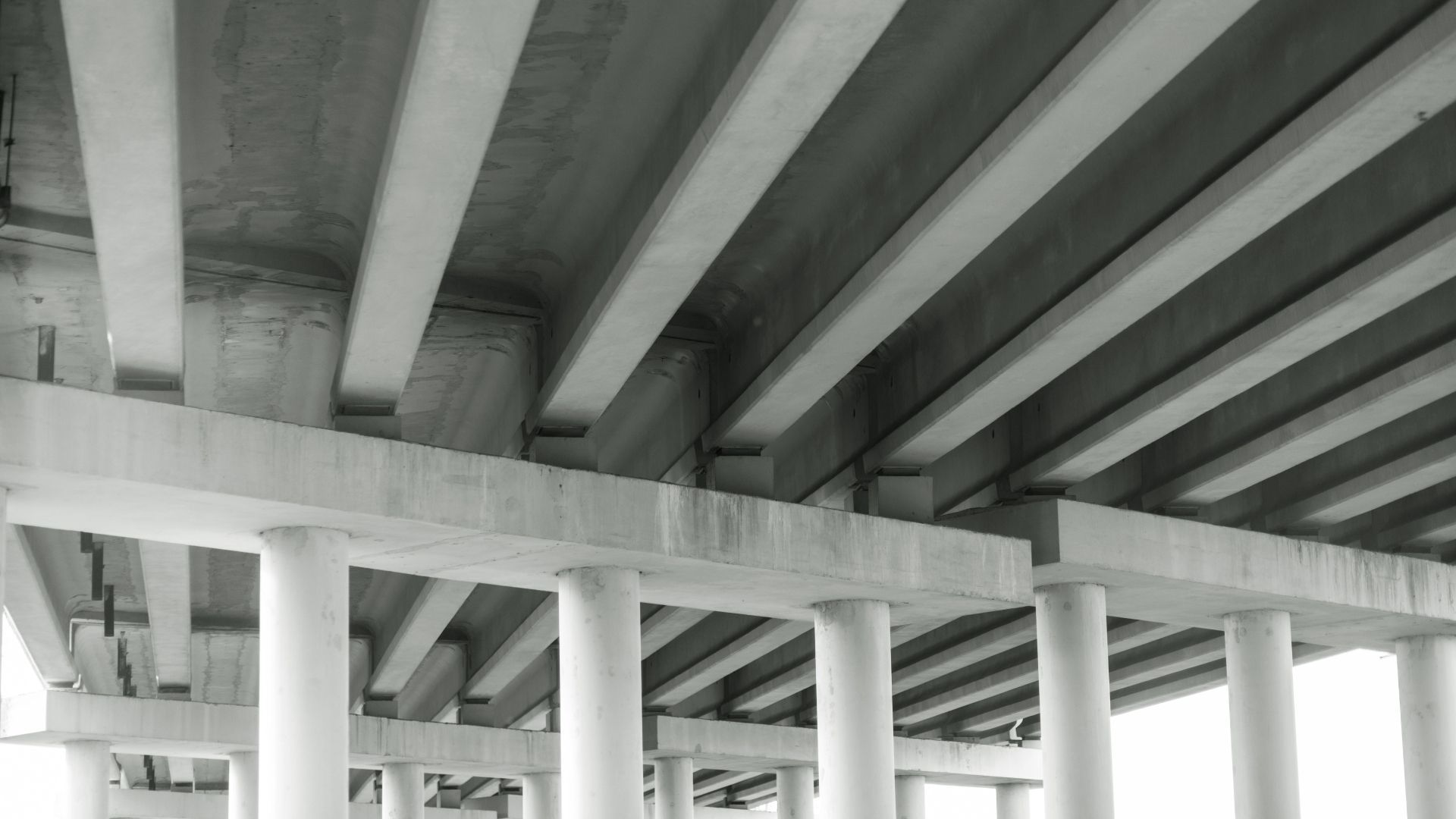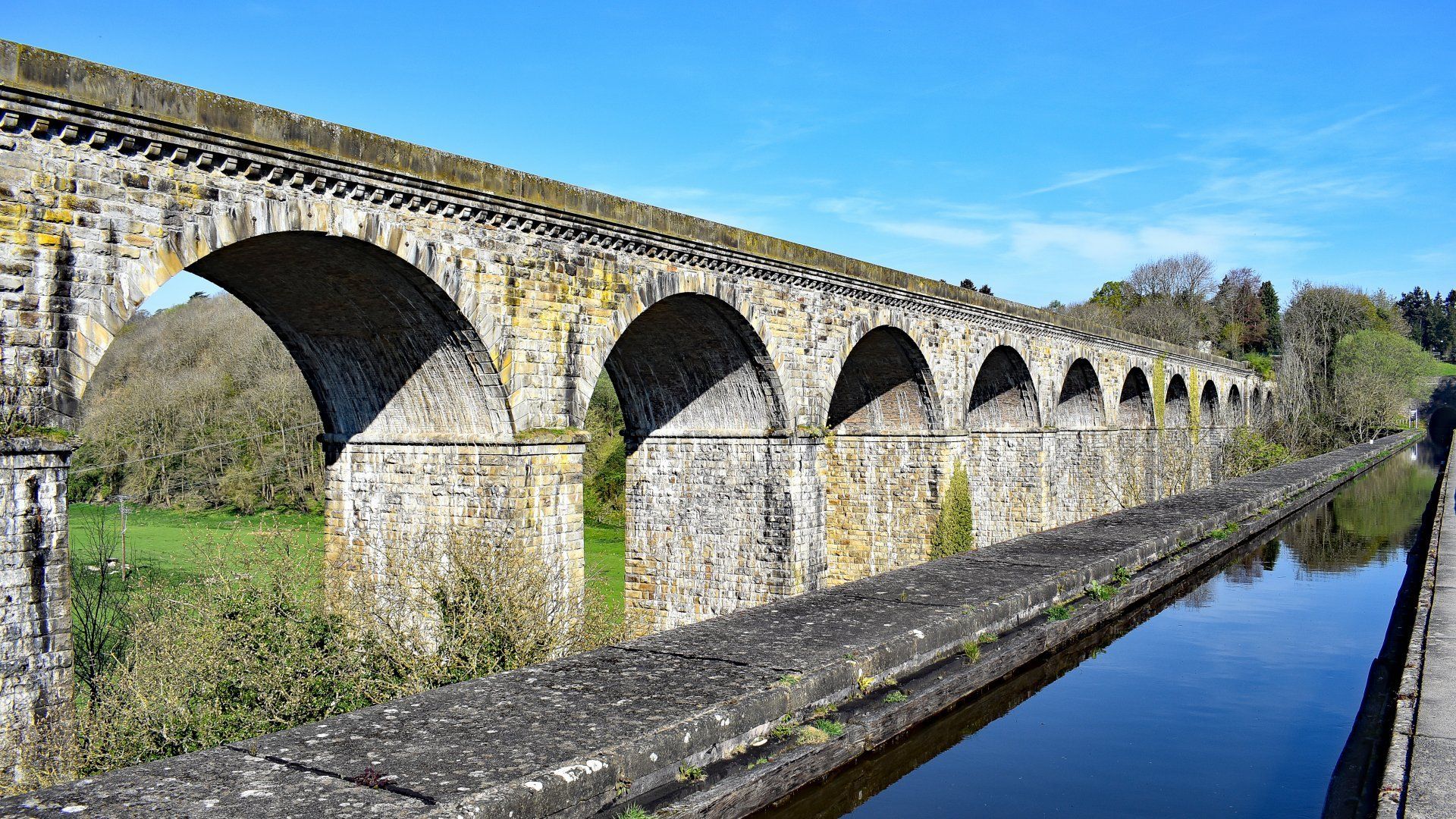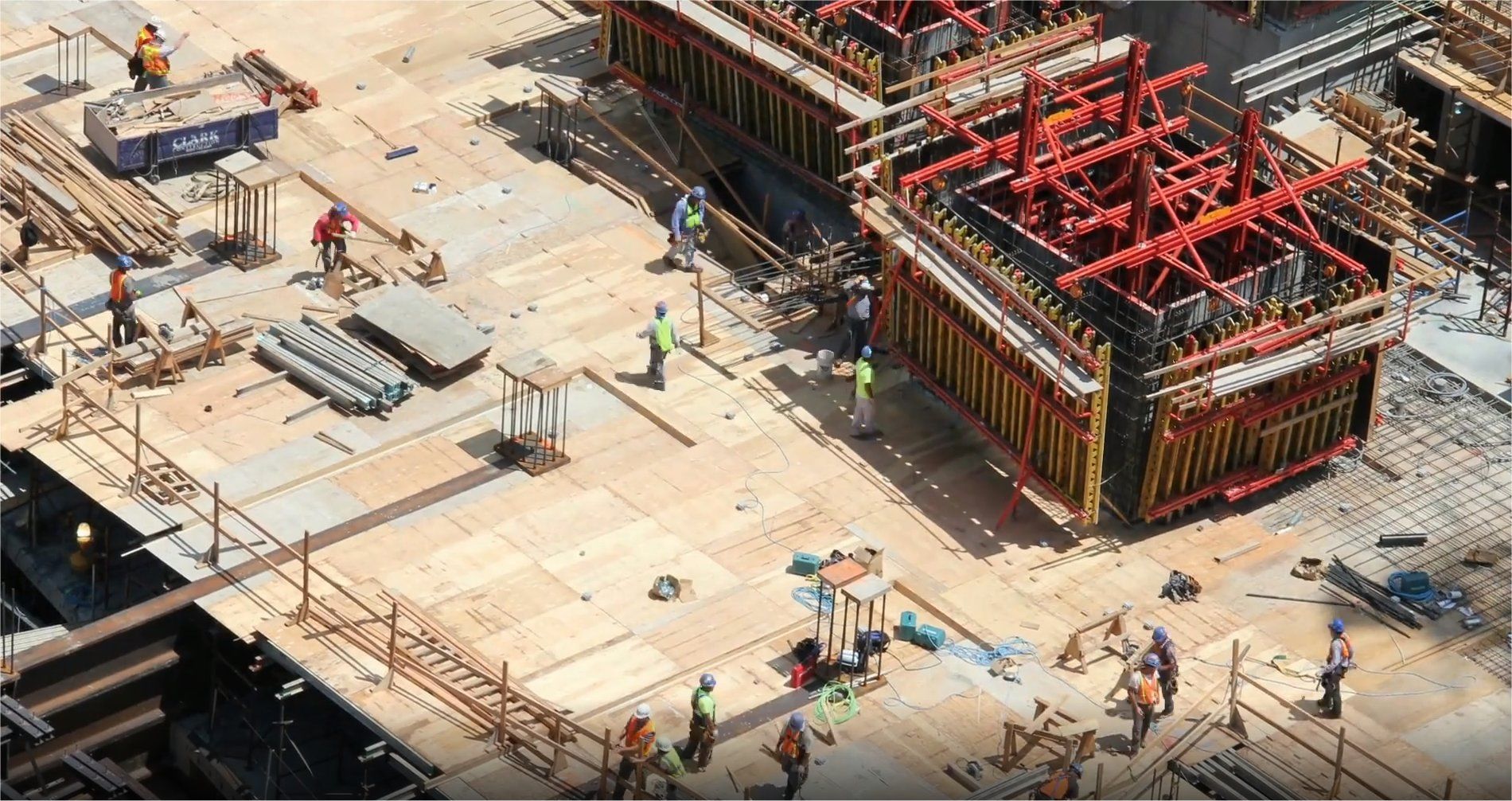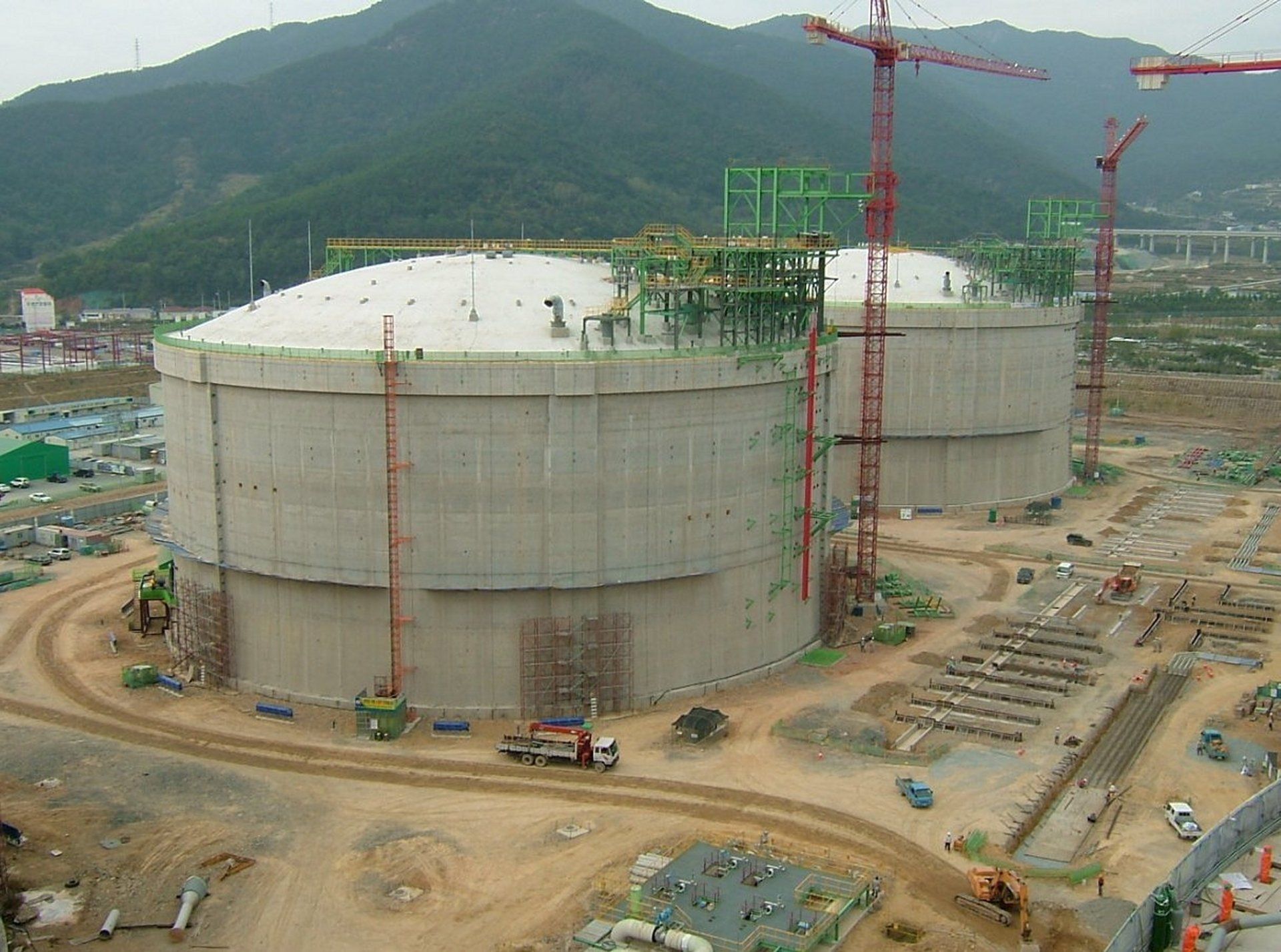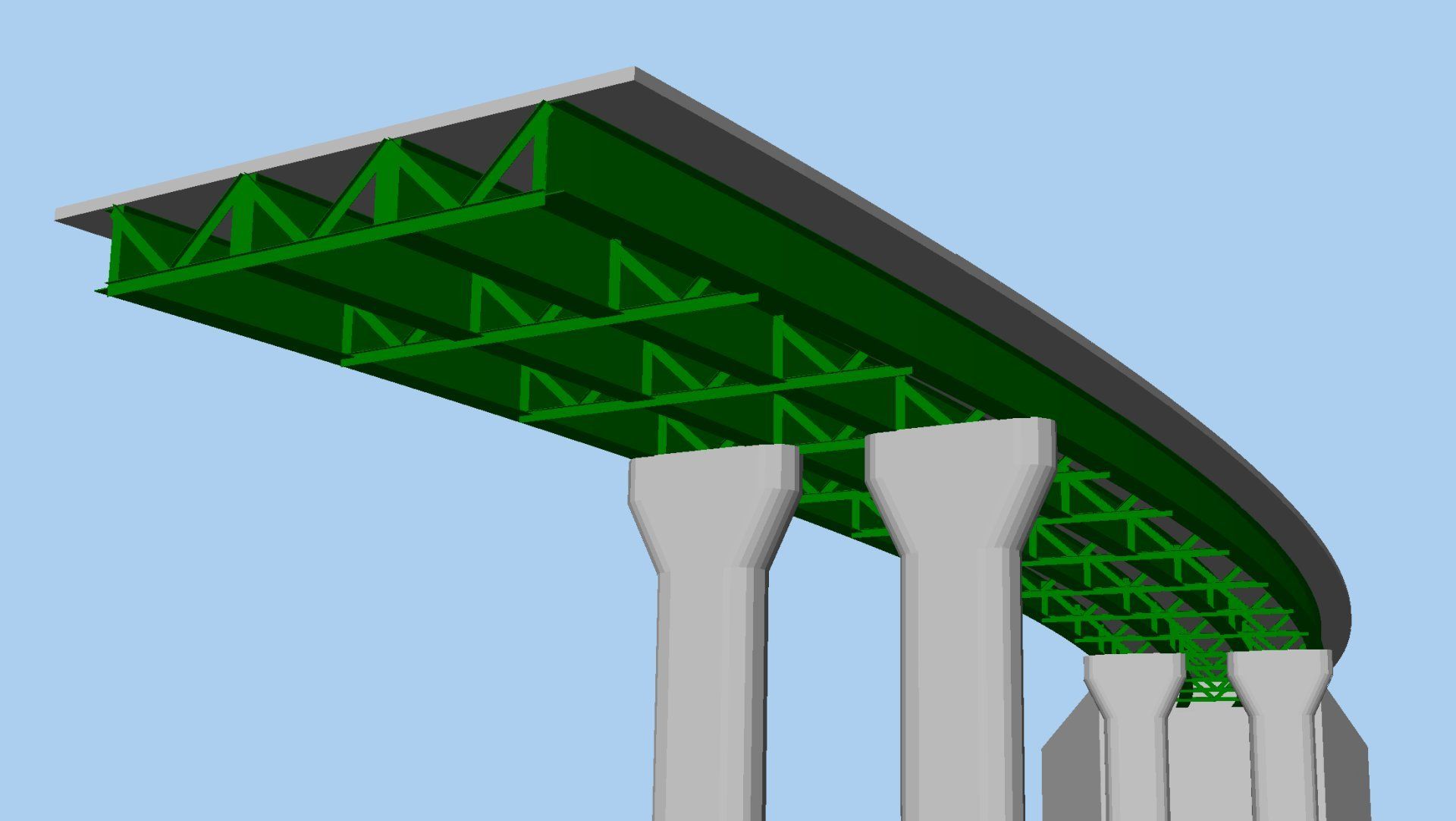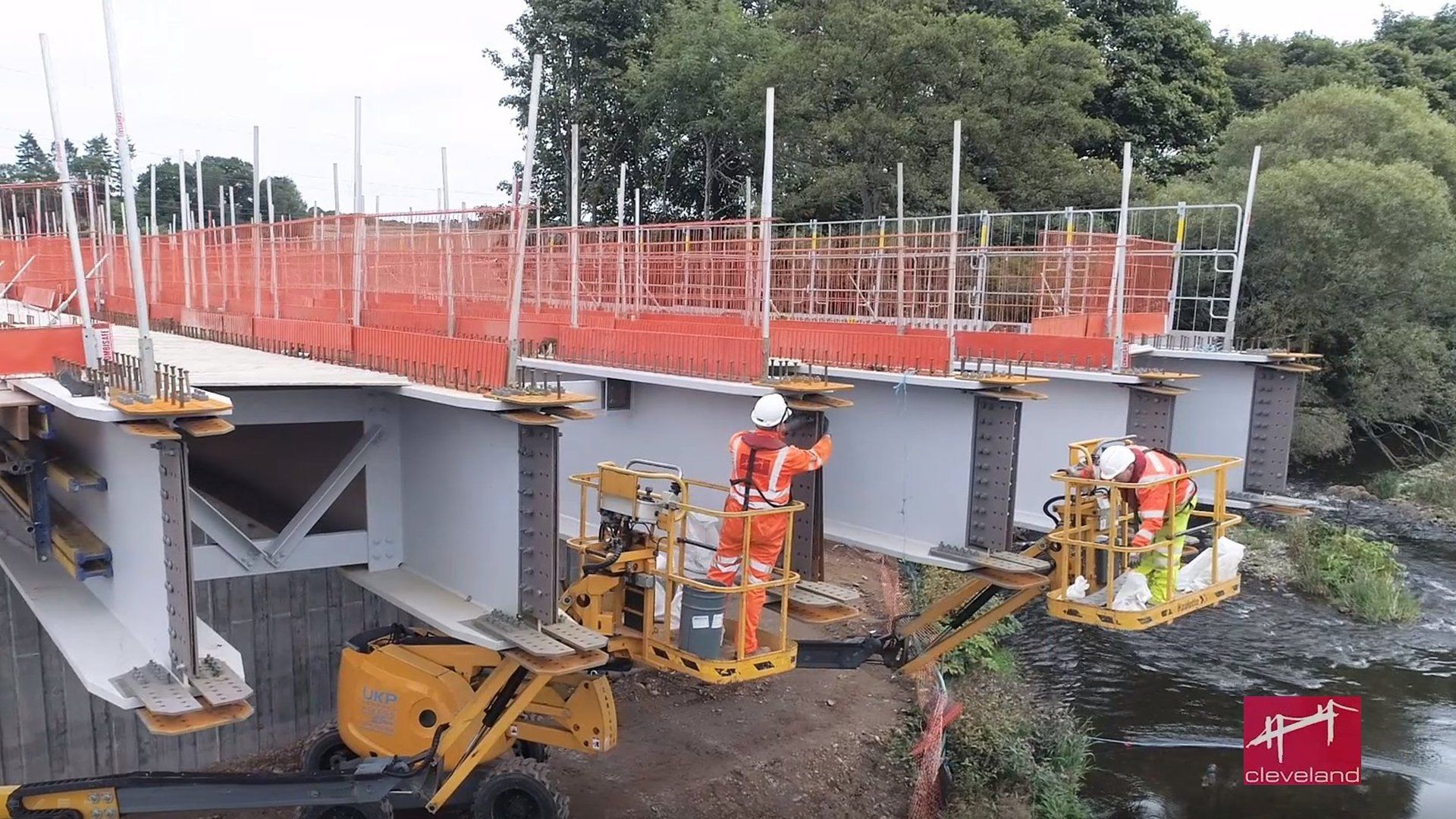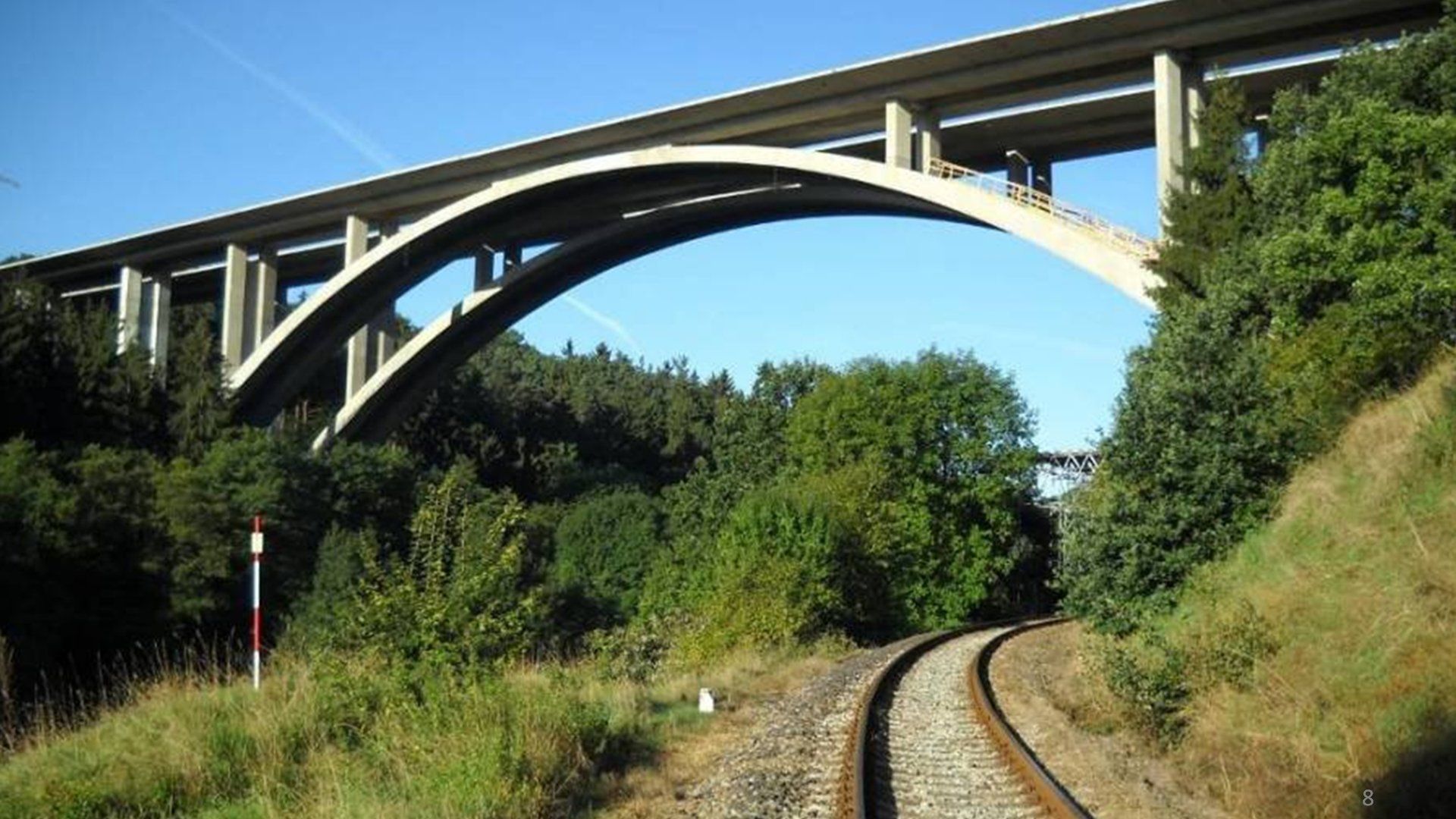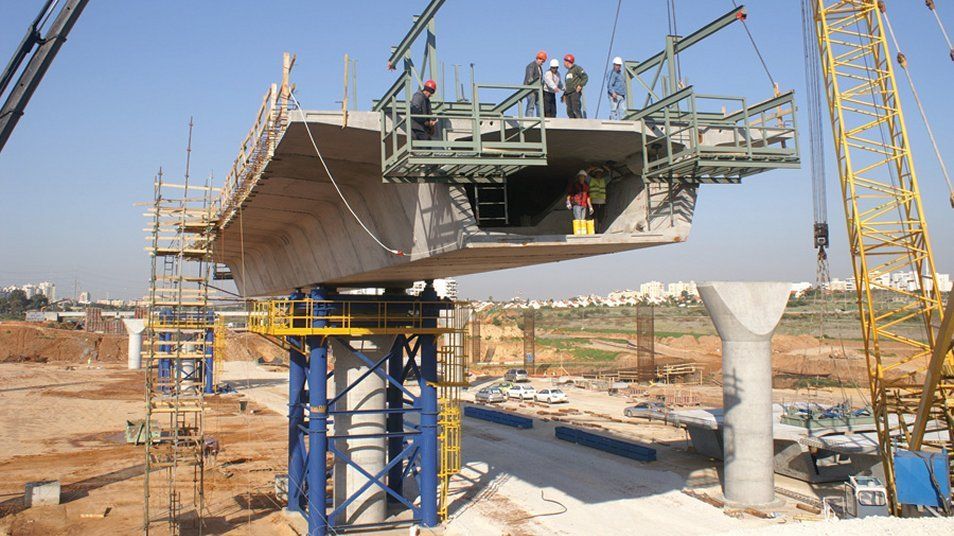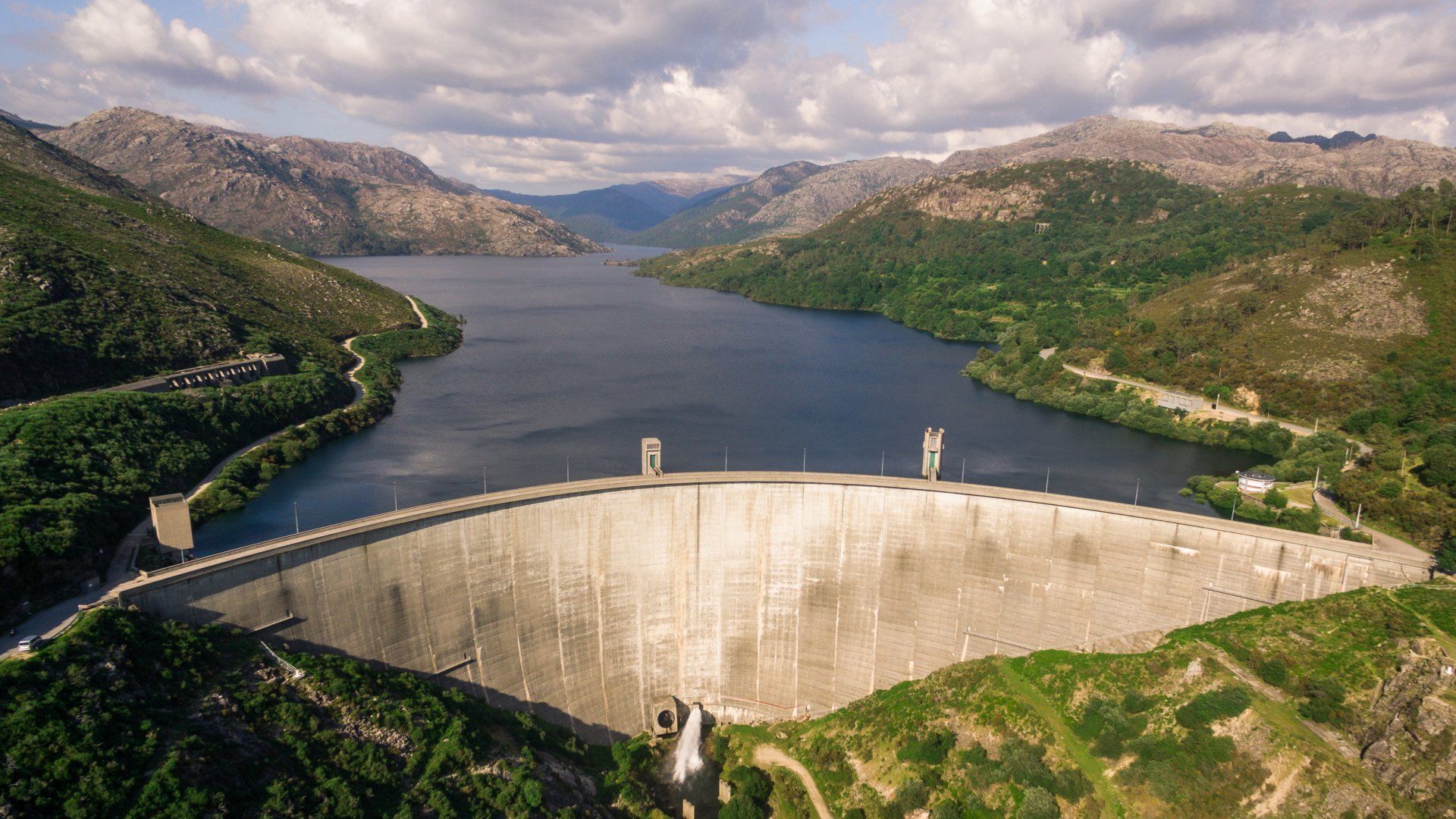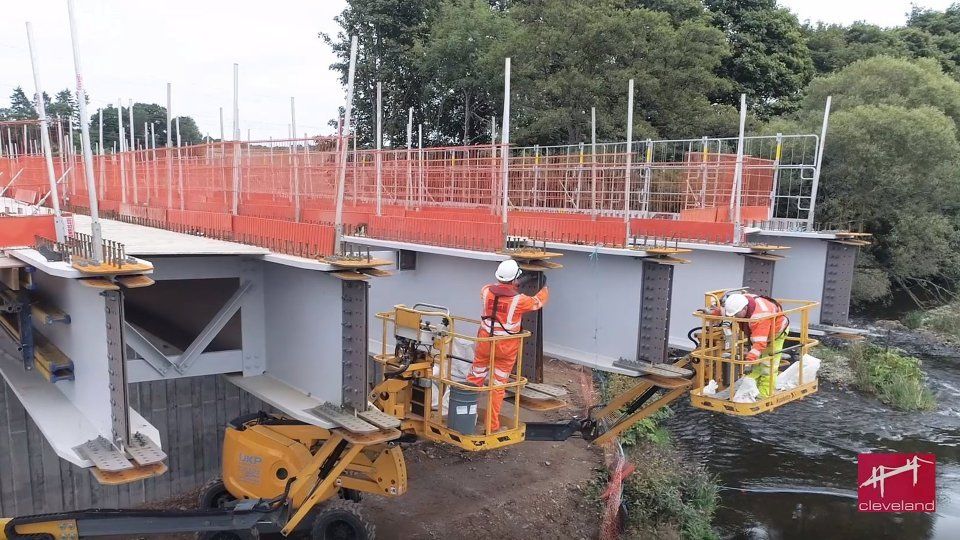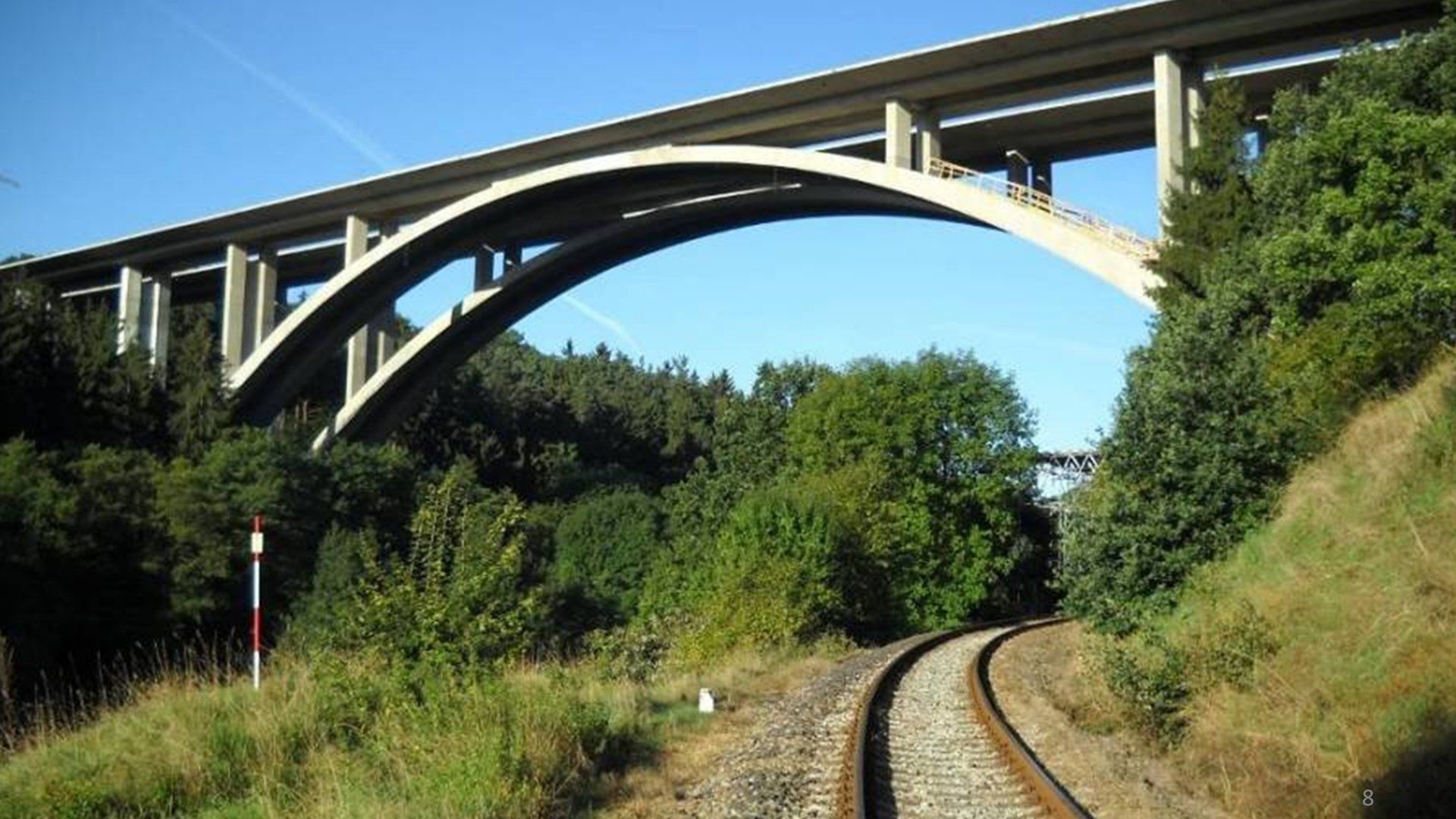Post-tensioned Bridge Wizard
Generate a beam model of a box girder as constructed by the "Free Cantilever Method" in a fraction of the time taken by manual methods.
Automatically model the entire construction sequence in order for a step-by-step nonlinear analysis incorporating concrete creep and shrinkage materials (and age attributes) and tendon loading including time dependent losses to be carried out.
In detail...
Easy to define
From basic setting out data, segment dimensions, construction times and concrete ages, the FCM wizard creates the necessary tendon loading attributes and assigns each to the correct segments at each stage of construction, considerably speeding-up the modelling process.

Dynamic visualisation of tendons
Dynamic visualisation of tendons in the bridge on plan, elevation and within each segment section is provided, showing the segment installation sequence for each selected construction stage, along with tendon setting out data.
Tendon profiles suitable for balanced cantilever box girder-type bridges constructed by the Free Cantilever Method are used (with FSM used at end spans adjacent to the abutments). Tendons are categorised into five types, with setting out details for each provided on the relevant prestressing tendon input pages of the FCM wizard

Check before you build
A summary dialog shows segment length, construction times and age of segments for each selected construction stage, allowing for easy validation of inputs, and detection of errors prior to building a model.

Build, solve and animate results
Once complete, a model capable of modelling the entire construction sequence is built at the press of a button, and on solving a model, tendon losses are calculated to a chosen code of practice.

See how it's done...
| Bridge feature / capability | Provided by the Wizard |
|---|---|
| Straight or curved decks of constant radius. | YES |
| Box girder sections with vertical webs. | YES |
| Any number of spans and supports. | YES |
| Split piers with diaphragms. | YES |
| Tendon types commonly used in FCM bridges as well as user-defined profiles. | YES |
